In the dynamic world of Software-as-a-Service (SaaS), a revolutionary approach has emerged that is turning traditional marketing strategies on their head.
It's called Product-led Growth (PLG).
It's transforming the way SaaS companies attract, engage, and retain customers. By prioritizing the product experience itself as the primary driver of growth, these forward-thinking companies are paving the way for a new era of customer-centricity.
Get ready to dive into a world where the product reigns supreme, and the growth possibilities are limitless. Let's explore the 10 best PLG examples that showcase how SaaS companies are redefining success in the digital age.
What is Product-Led Growth?
Product-led growth (PLG) is a modern business strategy that places the product at the forefront of customer acquisition and expansion.
By delivering an exceptional product experience, companies can drive organic growth through self-service adoption, user engagement, and data-driven improvements.
PLG leverages the product itself as a powerful marketing and sales tool, prioritizing user satisfaction and value creation to fuel customer acquisition, retention, and expansion in a customer-centric manner.
10 Examples of SaaS Product-Led-Growth Companies
1) Calendly
Step right up, ladies and gentlemen, and behold the incredible phenomenon known as Calendly—a charming concoction of digital wizardry and scheduling sorcery!
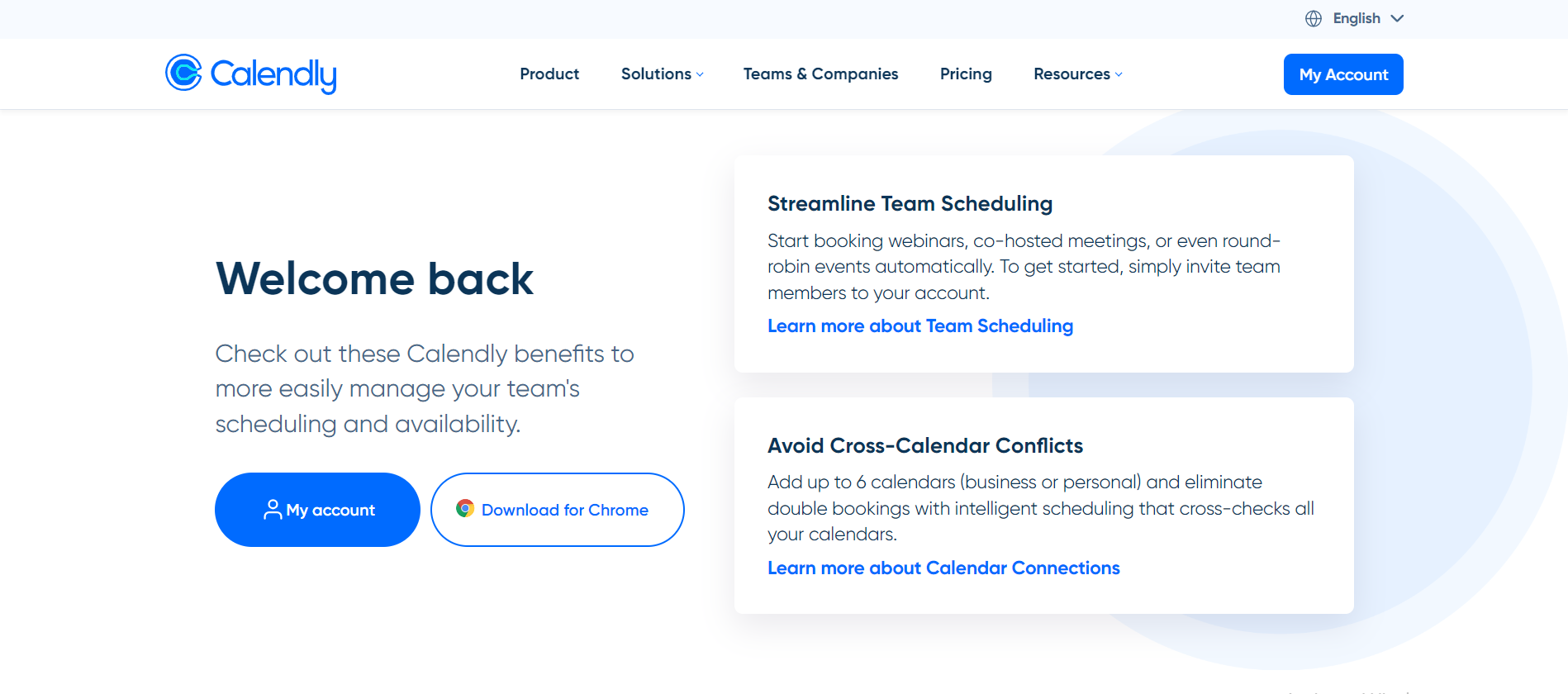
Prepare to embark on a whimsical journey through What we like about Calendly’s PLG Strategy:
• Calendly implemented a steady K-factor that aligns with the number of invitations sent out. Every time users engage with the platform, they essentially extend invitations to others, presenting Calendly with a chance to provide its scheduling solutions. This approach is ideal for fostering network effects.
• The introduction of the Freemium plan proved to be immensely beneficial for Calendly. It granted users the ability to schedule meetings at no cost, with the inclusion of one event type. This strategy successfully attracted a substantial user base and enhanced the platform's prominence.
2) Canva
Let us know the PLG Strategy of Canva, a platform where your creative dreams sprout wings and take flight in a kaleidoscope of design magic!
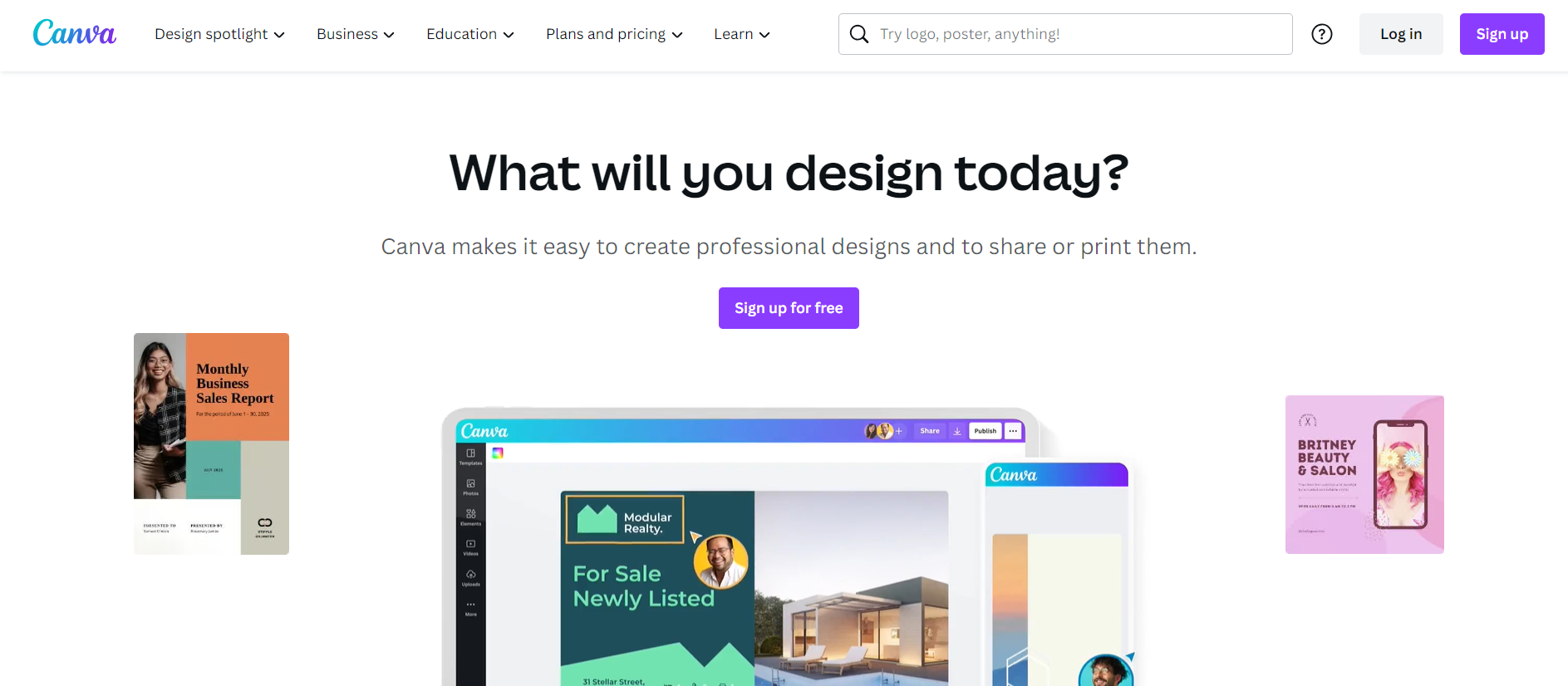
• In the realm of PLG (Product-Led Growth), the golden rule is to tap into your customers' emotions, and Canva has masterfully embraced that principle! By centering its positioning on the democratization of design and user experience, Canva's mission is to empower individuals worldwide to unleash their creative potential and share their creations with the world.
• Speedy value delivery is Canva's secret weapon. Ever wondered how long it takes to craft a Christmas card on Canva? Brace yourself for the astonishing truth—we timed it, and even without an account, the entire process can be completed in a mere 52 seconds! That's all it takes to dive into the website, choose a template, customize it to your heart's content, and export the finished masterpiece to your desktop. With Canva, you can traverse the journey from discovery to design to value in just over half a minute. It's a design wizardry that defies expectations and leaves you in awe.
3) Datadog
Datadog, the high-flying superhero of monitoring and analytics, is ready to save your tech world from chaos with its data-driven superpowers! Let us know the PLG Strategy of Datadog
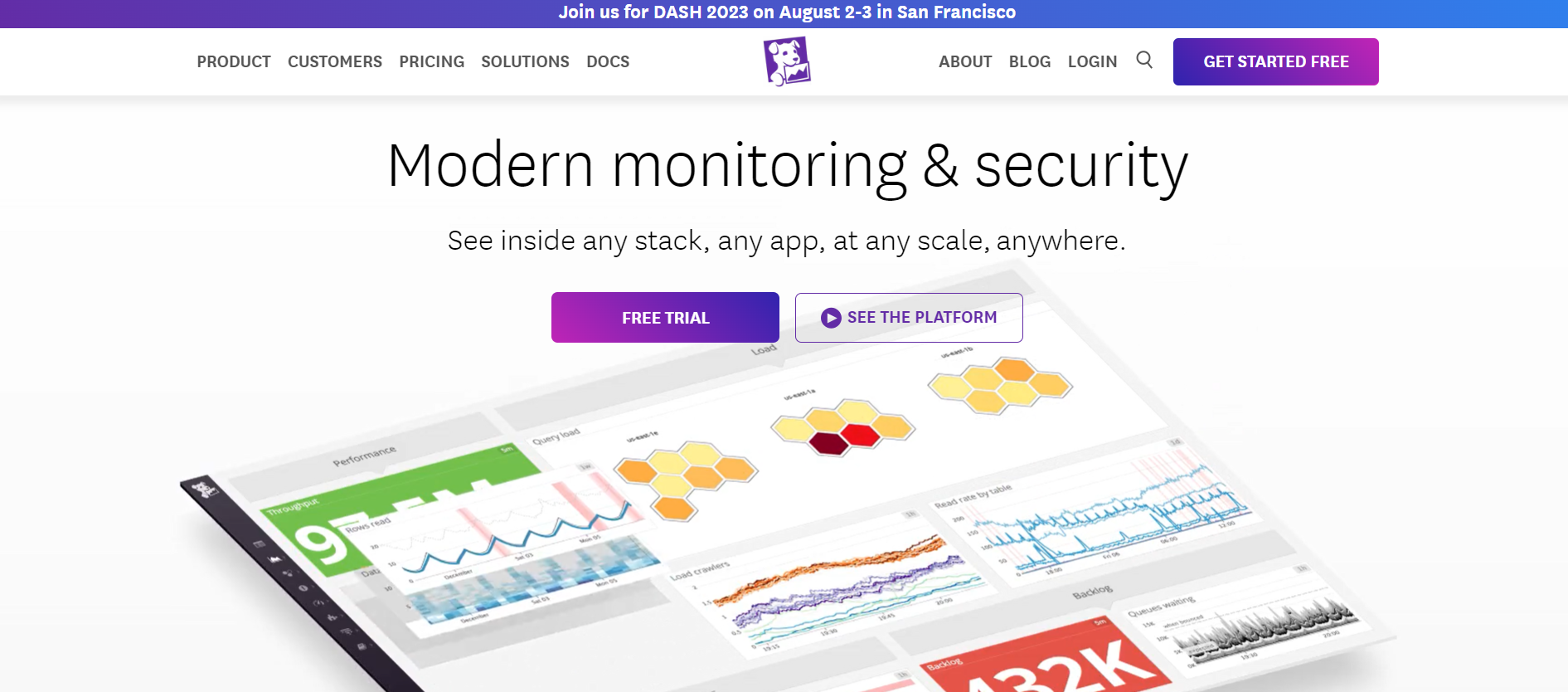
• Diving into the world of Datadog is as effortless as a cool breeze—simply click "Get Started Free" on their website, provide a few essential details, and voila! In a matter of minutes, you'll be up and running, harnessing the full power of Datadog's robust features.
• Datadog employs a clever viral loops technique, where sharing dashboards and alerts with your colleagues sparks a delightful chain reaction, driving adoption and expanding the vibrant user base.
4) Candidately
Candidately, where hiring becomes a delightful matchmaking dance, sprinkled with a dash of quirkiness and a pinch of HR magic! Let us know the PLG Strategy of Candidately
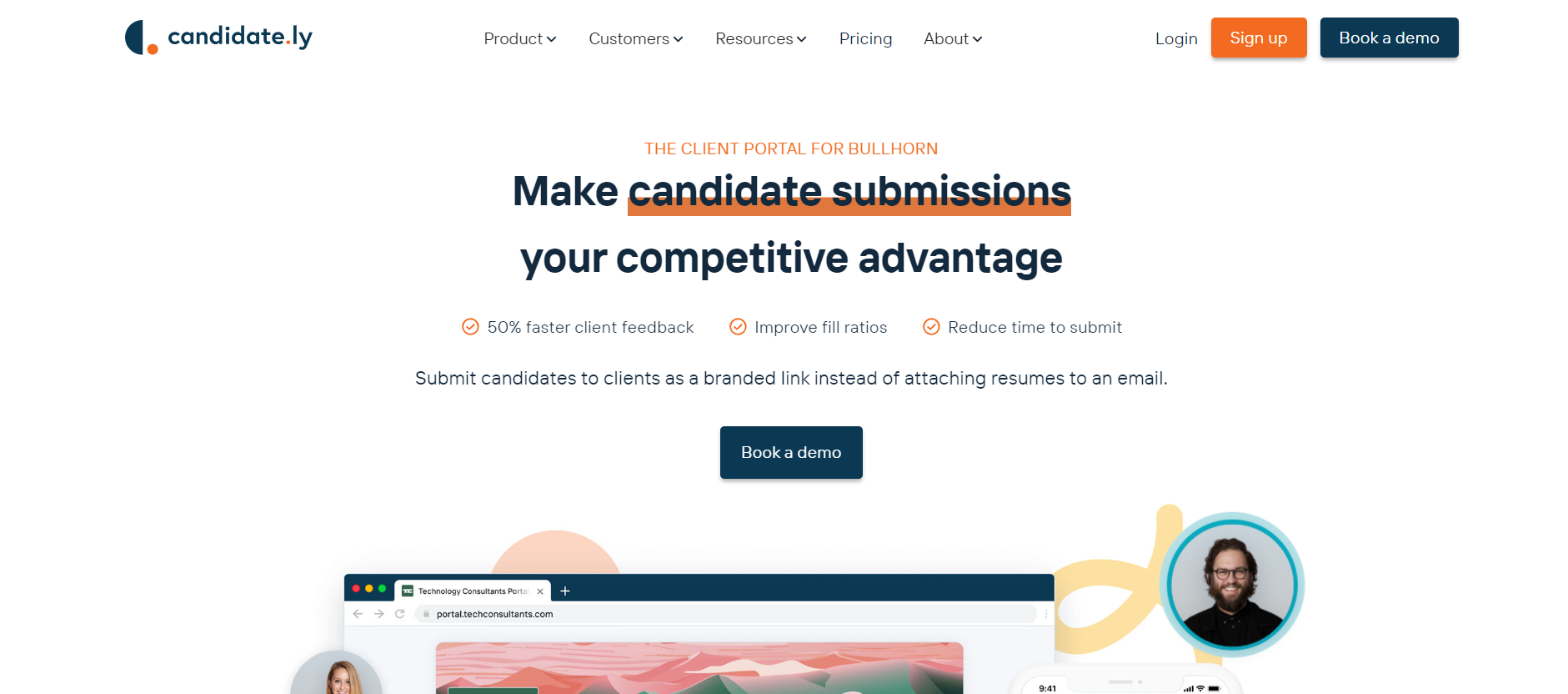
• Candidately ventured into the untapped realm of exceptional CRM for recruiters, boasting the smoothest onboarding experience in the land. With an interactive demo cleverly embedded on their website, they instantly showcase the immense value their product offers.
• The immersive tour not only highlights key product actions like candidate sourcing, online resume management, company sharing, and customizable branding, but also sparks a Eureka moment, enabling potential clients to make quicker, more informed decisions.
5) Toplyne
Toplyne, where the job search journey transforms into a whimsical expedition, guided by a mischievous compass that leads you to the perfect professional path! Let us know the PLG Strategy of Toplyne
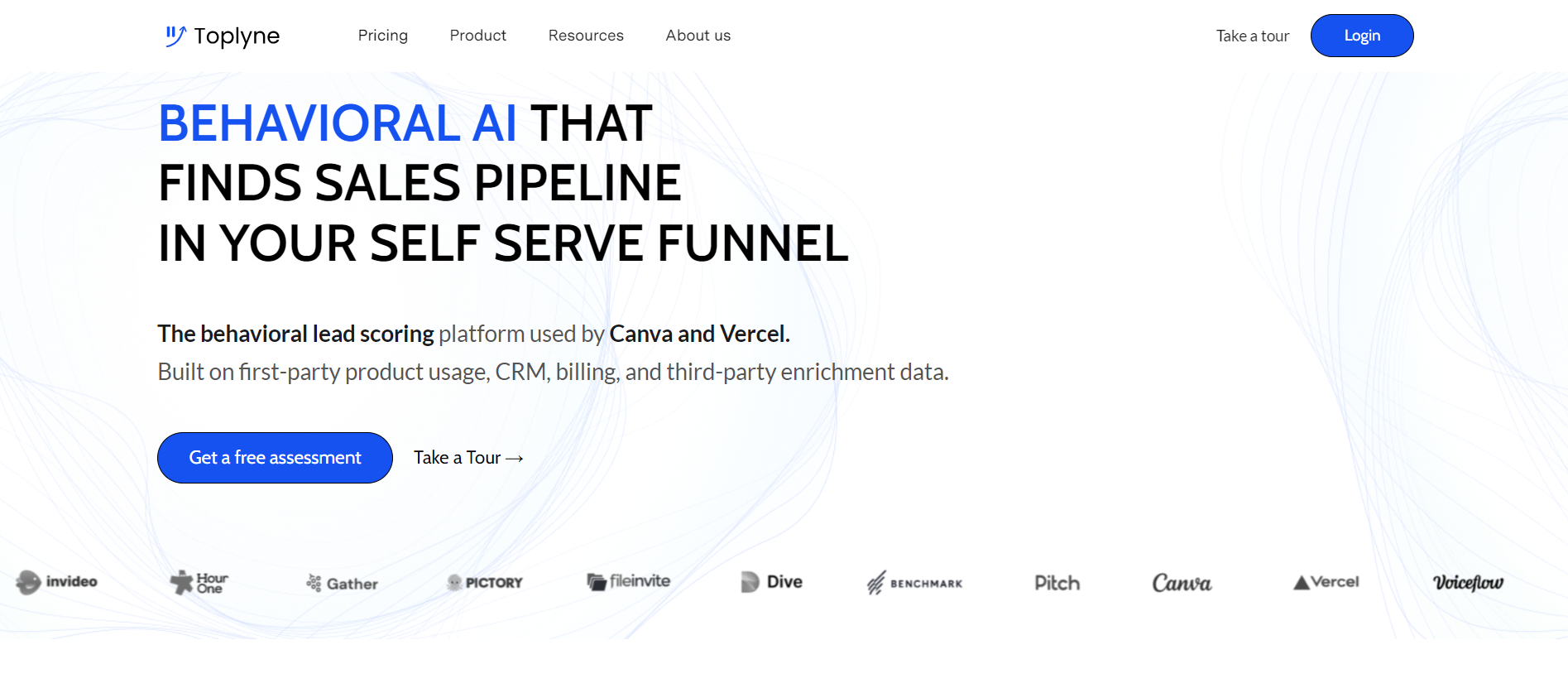
• Embracing a customer-centric approach, Toplyne chose to take prospects on an exciting product demo adventure. With a few simple clicks and zero coding hassle, Toplyne crafted tailored product tours for diverse customer segments, effortlessly showcasing their offerings and forging engaging, personalized connections.
• To ensure rapid growth without compromising customer experience, Toplyne built a scalable business model, seamlessly integrating with a range of customer engagement platforms like Braze, CRMs including Salesforce and Hubspot, and product analytics infrastructures such as Amplitude and Segment.
6) Grammarly
Grammarly, the quirky grammar guru that sprinkles punctuation magic and spelling sorcery, turning your writing woes into wordsmith wonders! Let us know the PLG Strategy of Grammarly
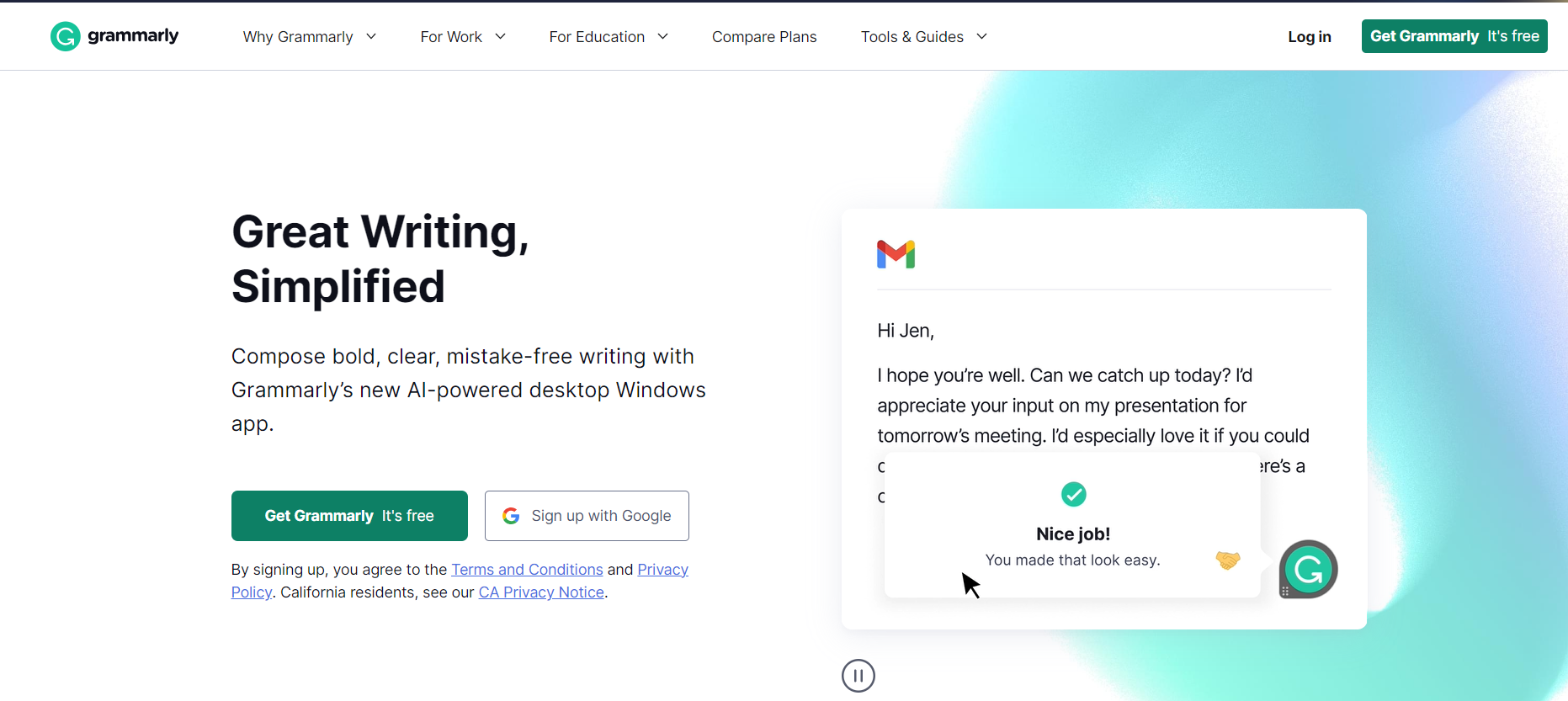
• Unlocking the Grammarly universe is a freemium adventure, where users can test the magic for free while paid plans unlock extra features and integrations.
• With a captivating referral program that rewards users for inviting friends, Grammarly experiences organic and speedy growth. Plus, their diverse models cater to professionals, businesses, and more, fostering collaboration and ensuring everyone can wield the power of their language-enhancing tool.
7) Intercom
Intercom, where conversations become a symphony of customer delight, sprinkled with a touch of quirky charm and magical support solutions! Let us know the PLG Strategy of Intercom
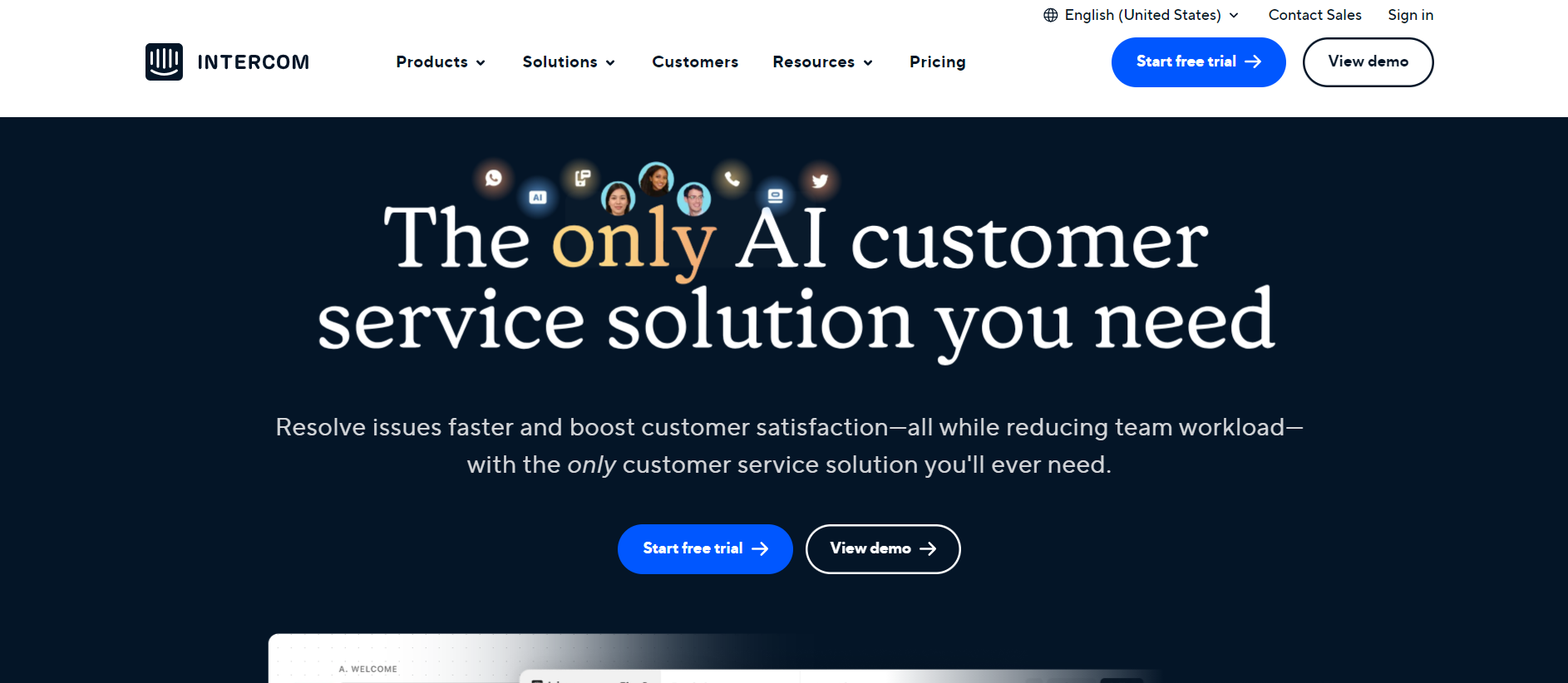
• Intercom's magical product tiers unlock a world of increasingly advanced features as users ascend the pricing ladder, enabling upselling and cross-selling opportunities that boost their revenue per user. With Pro and Enterprise tiers, Intercom dazzles with custom branding, advanced reporting, and team management capabilities, exclusive to these elevated plans.
• Simplicity reigns supreme in Intercom's design, as their intuitive product ensures a seamless user experience. With the mesmerizing messaging feature, users can effortlessly communicate with customers directly from their website or app, eliminating the need for juggling multiple tools. This captivating approach enhances customer engagement and retention, keeping the magic alive in user interactions.
8) Atlassian
Atlassian, where teams dance to the rhythm of collaboration, fueled by a symphony of quirky tools and a touch of agile magic! Let us know the PLG Strategy of Atlassian
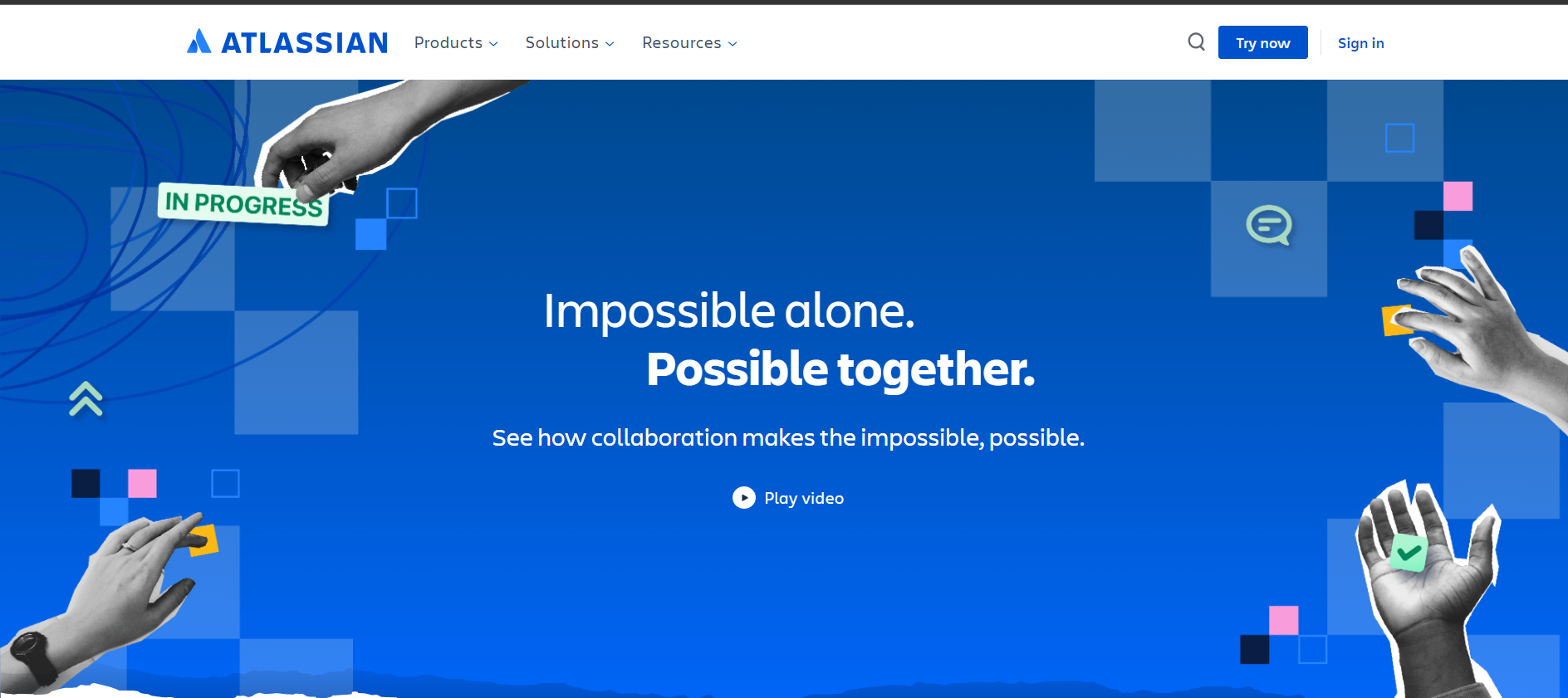
• Atlassian's enchanting self-service model invites users to embark on a magical journey of exploration and product usage, all with minimal interference from the sales team. This empowering approach allows users to independently discover and embrace the product's value, making adoption and evangelization a breeze.
• With products like Jira and Confluence, Atlassian weaves a harmonious tapestry of collaboration, where teams effortlessly work together as one. As the product captivates more users within a team, its infectious influence spreads like wildfire throughout the organization, creating a delightful viral effect that fuels productivity and teamwork.
9) ClickUp
ClickUp, where chaos is banished and productivity blossoms like a quirky garden of digital wonders! Let us know the PLG Strategy of ClickUp
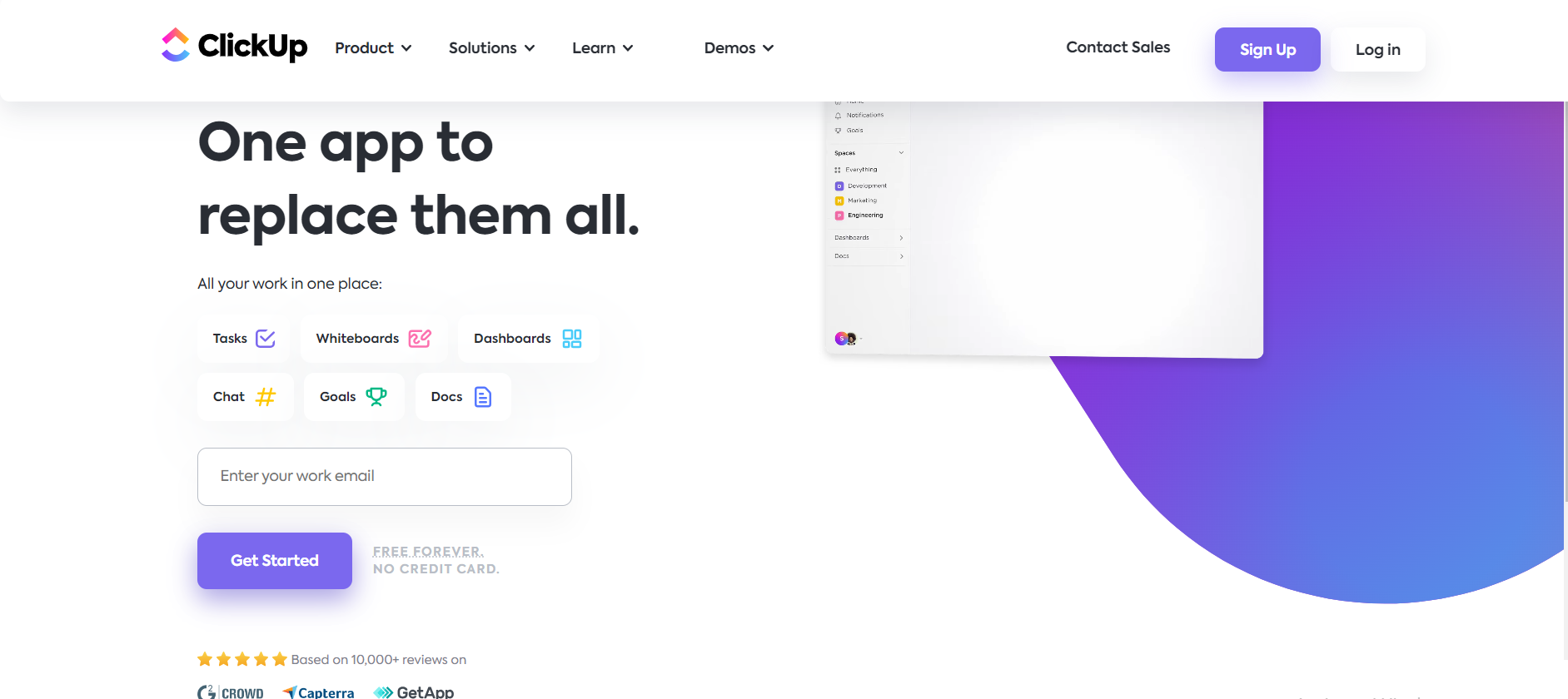
• ClickUp thrives on a vibrant feedback ecosystem, where their community of users becomes the guiding compass of growth, nourished by interactive forums, lively social media groups, and dedicated customer success teams. This ensures the product team remains closely attuned to users' ever-evolving needs and preferences.
• Harnessing the power of referral programs, ClickUp cleverly slashes customer acquisition costs by offering enticing rewards for sign-ups and upgrades to paid plans, all while weaving a seamless product-led strategy.
10) BetterLesson
BetterLesson, where teaching transforms into a captivating adventure of growth and enlightenment, guided by a symphony of innovative resources and a touch of magical pedagogical prowess! Let us know the PLG Strategy of BetterLesson:
• BetterLesson's enchanting platform beckons teachers with a seamless sign-up process, empowering them to explore and utilize its products with minimal interference from sales representatives. This independent journey enables teachers to independently uncover and embrace the product's value, effortlessly adopting and evangelizing its wonders.
• Embracing a culture of perpetual innovation, BetterLesson sprinkles regular updates and new features onto their platform, captivating teachers with an ever-evolving experience. This captivating approach keeps teachers engaged and filled with excitement, ensuring their continued usage and enthusiastic recommendations.
6 Tips to Make Product-Led Growth Work for You
1) Implement a Freemium Model
A freemium model is a great way to attract new users and give them a chance to try your product before they commit to paying for it. It can also help you to build a community of users who are engaged with your product and who are more likely to become paying customers.
There are a few things to keep in mind when implementing a freemium model:
- Make sure that the free version of your product is valuable and that it offers users a good reason to upgrade to the paid version.
- Make it easy for users to upgrade to the paid version.
- Use the free version of your product to collect data about your users and to understand their needs.
2) Prioritize Ease-of-Use
The onboarding process is critical for product-led growth. If users have a hard time getting started with your product, they are more likely to give up and move on to something else. Make sure that the onboarding process is clear, concise, and easy to follow.
Here are a few tips for making your onboarding process easy to use:
- Use clear and concise language.
- Break the onboarding process down into small, manageable steps.
- Use visuals to help users understand the process.
- Provide plenty of opportunities for users to ask questions.
3) Build a Product That Solves a Real Problem
This is the most important tip for any PLG strategy. If your product does not solve a real problem for people, they will not use it, no matter how good your marketing or sales efforts are. Make sure that your product solves a real problem for people and that it is easy to use.
4) Make Your Product Prime for Viral Sharing
If you can make your product prime for viral sharing, you can get users to spread the word about your product for you. This can be done by incorporating features that make it easy for users to share their experiences with your product, such as social sharing buttons or referral programs.
Here are a few tips for making your product prime for viral sharing:
- Make it easy for users to share their experiences with your product.
- Offer incentives for users to share their experiences with your product.
- Create content that is shareable and engaging.
5) Use Data to Drive Decisions
It's important to track your metrics and make sure that your PLG strategy is working. If you're not seeing the results you want, you need to be able to iterate and make changes. Track metrics such as user engagement, conversion rates, and churn rates to see how your PLG strategy is performing.
Here are a few metrics that you should track:
- User engagement: This metric measures how often users are using your product and how long they are staying engaged with it.
- Conversion rate: This metric measures the percentage of users who take a desired action, such as signing up for a paid plan or sharing your product with their friends.
- Churn rate: This metric measures the percentage of users who stop using your product over a period of time.
6) Show Your Product in Action
One of the best ways to get people interested in your product is to show them how it works in action. This can be done by creating videos, demos, or screenshots that showcase the product's features and benefits.
Here are a few tips for showing your product in action:
- Make sure that your videos, demos, or screenshots are clear and concise.
- Focus on the product's features and benefits.
- Use visuals to help users understand how the product works.
Interactive demos allow users to explore the product at their own pace and to see how it works in real-world scenarios. Interactive demos can be a very persuasive way to show off your product. They allow users to see the product in action and to experience its value for themselves. This can be a very effective way to convince users to buy your product.
How Supademo Can Boost Your Product-Led Growth

Supademo is an interactive demo software that can help you boost your product-led growth (PLG) in several ways.
1. Showcase your product's features and benefits
Supademo allows you to create interactive demos that are easy to use and that allow users to explore your product at their own pace. This is a great way to give users a hands-on experience with your product and to help them understand how it can solve their problems.
For example, you could create a demo that shows users how to use your product to achieve a specific goal, such as creating a marketing campaign or managing their finances.
2. Personalizing your demos to each user
Supademo allows you to personalize your demos to each user. This means that you can show users the features and benefits that are most relevant to them. This can help you to increase the effectiveness of your demos and to convert more users into paying customers.
For example, you could use Supademo's targeting features to show users demos that are based on their location, industry, or interests.
3. Tracking the results of your demos
Supademo allows you to track the results of your demos. This means that you can see how many users are viewing your demos, how long they are spending on them, and which features they are most interested in. This information can help you to improve your demos and to make them more effective.
For example, you could use Supademo's analytics features to track the number of demos that are being viewed, the average time that users spend on each demo, and the most popular features.
4. Using Supademo's integrations with other tools
Supademo integrates with a variety of other tools, such as CRMs and marketing automation platforms. This means that you can automate your PLG process and track the results of your demos across different channels. For example, you could use Supademo's integration with Salesforce to track leads and sales opportunities.
Here's a look at one of our interactive demos!
Overall, Supademo is a powerful tool that can help you boost your PLG strategy. It's a great way to show off your product, personalize your demos, and track your results. If you're looking for a way to boost your PLG strategy, I recommend checking out Supademo.


